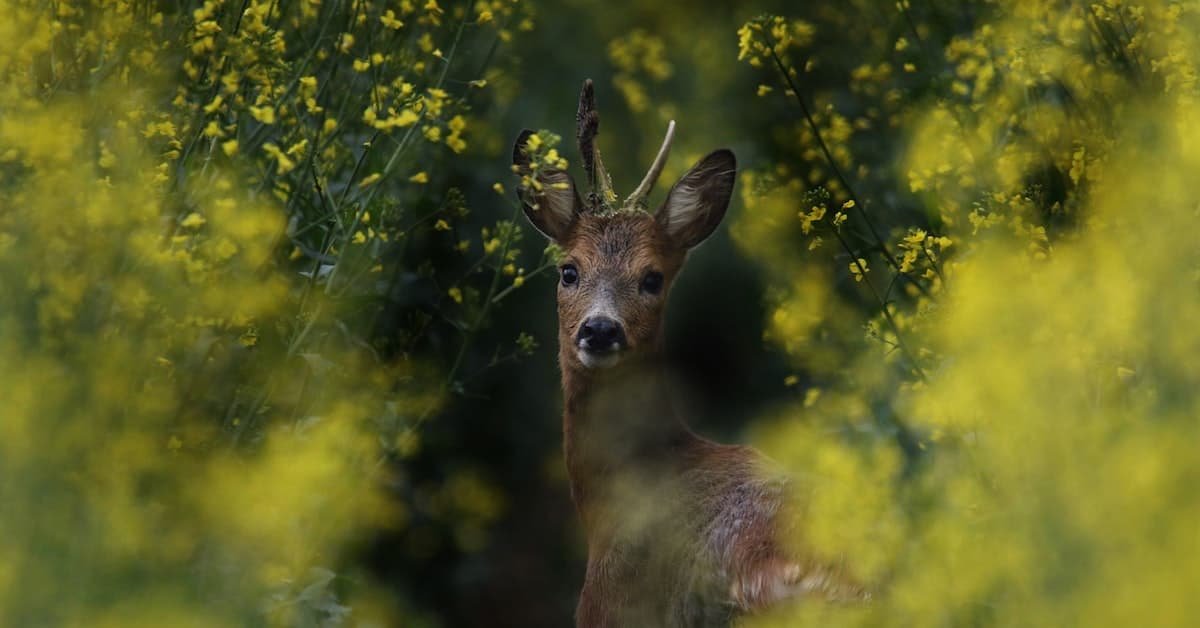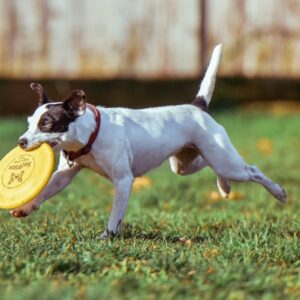
As a nature enthusiast, I have always wondered “Where do deer go during the day?”
In this article, we will go on a journey to uncover the secrets of the elusive deer and delve into their hidden hiding spots.
Throughout the forests and open fields, deer have mastered the art of concealment. Their senses, particularly their sense of smell, allow them to detect humans from a mile away.
This prompts them to retreat to their hidden sanctuaries. But where exactly do they go? Do they seek refuge in thick bushes, or do they rely on the help of female deer to protect their young?
By exploring these questions, we can gain insight into the movements and survival strategies of deer. So, let us embark on this quest to unravel the secrets of the elusive deer and discover where they vanish.
Short Summary
- Deer have remarkable camouflage techniques and hide in thick bushes and areas with dense vegetation to blend into their surroundings.
- The colors of a deer’s fur help them blend in with the earthy tones of their habitat. Their large eyes provide them with a wide field of vision to spot potential threats.
- Deer have an incredible sense of smell and can detect the scent of humans from up to a mile away, contributing to their elusive nature.
- Factors such as the availability of food and the impact of human activities, such as hunting and habitat destruction, influence the movements and behavior of deer.
Where do they hide?
During the day, I never see deer because they hide in thick bushes and use their heightened senses to avoid detection. Deer are experts at finding the perfect hiding spots in their environment.
They seek out areas with dense vegetation, such as tall grass, shrubs, and thickets, where they can blend in. Their natural camouflage techniques allow them to disappear into their surroundings.
Doing this makes it difficult for predators and humans alike to spot them.
The colors of their fur, which range from reddish-brown to gray, help them blend in with the earthy tones of their habitat.
In addition to their hiding spots, deer also rely on their heightened senses to avoid detection during the day.
They have excellent hearing and can detect even the slightest sound, such as the cracking of a branch or the rustle of leaves.
Their large eyes provide them with a wide field of vision. This allows them to spot potential threats from a distance. Deer are also known for their sense of smell, which is essential for their survival.
They can detect the scent of humans from up to a mile away. This gives them ample time to hide and disappear before we even realize they’re there.
With their impressive hiding spots and camouflage techniques, it’s no wonder that deer remain elusive during the day.
Factors influencing movement
One factor influencing my movement is the availability of food. As a deer, I rely on food to sustain myself and ensure my survival. During the winter season, when food sources become scarce, I’m compelled to move in search of better feeding grounds. This movement is known as migration and is influenced by various factors such as the quality and abundance of food in a particular area.
I’m constantly monitoring my surroundings and assessing the availability of food to determine if it’s worth migrating to a new location. This instinctual behavior helps me adapt to changing environmental conditions and ensures my continued health and well-being.
Another factor that influences my movement is human activity. Humans have a significant impact on deer populations and their movements.
Activities such as hunting, habitat destruction, and urbanization can disrupt my natural migration patterns. For example, if an area that was once rich in food becomes developed or cleared, I may be forced to move to a different location in search of sustenance.
Similarly, hunting pressure can push me to seek refuge in areas where I feel safer, away from human activity. The presence of humans can also alter my behavior, causing me to become more cautious and elusive during the day.
Ultimately, human activity plays a significant role in shaping my movement patterns and can have both positive and negative impacts on my overall survival.
Winter survival strategies
To survive the winter, I rely on various strategies. One of the most important aspects of my survival during this harsh season is finding enough food sources.
As the temperature drops and snow covers the ground, it becomes more challenging to find vegetation to eat. However, I’m fortunate to have adapted to these conditions over time. During the fall, I actively forage and consume large amounts of food to build up a layer of fat. This layer of fat serves as a crucial energy reserve during the winter months when food is scarce.
I also change my diet to include more woody browse and evergreen plants, as these are more available. By consuming these types of food, I’m able to meet my nutritional needs and sustain myself throughout the winter.
In addition to finding adequate food sources, group behavior plays a significant role in my winter survival. During this time, I often join other deer in forming small groups or herds. By coming together, we’re able to benefit from each other’s presence.
For example, when one member of the group detects a potential threat, they’ll alert the rest of us, allowing us to flee to safety. This group behavior not only helps us avoid predators but also helps in finding food. By foraging together, we can cover a larger area and increase our chances of finding patches of vegetation that have been exposed by the snow.
Additionally, being in a group provides warmth as we huddle together, conserving body heat and reducing heat loss.
Overall, by relying on food sources and engaging in group behavior, I’m able to navigate the challenges of winter and ensure my survival until spring arrives.
FAQs:
How do deer protect themselves from predators during the day?
Deer protect themselves from predators during the day through a combination of camouflage and vigilance. Their natural coloring and ability to blend into their surroundings make it difficult for predators to spot them, while their heightened senses allow them to detect potential threats.
What are some factors that influence deer movement patterns?
Factors influencing deer movement patterns include food availability, seasonality, and the rut.
Deer protect themselves from predators during the day by hiding in thick bushes and relying on their heightened senses, such as their keen sense of smell.
Do deer migrate to different areas during the winter season?
Yes, deer do migrate to different areas during the winter season. They have migratory patterns that help them survive the harsh conditions. These patterns are part of their winter survival strategies.
How do deer adapt to changes in their habitat?
Deer adapt to changes in their habitat through behavioral and physical adjustments.
They alter their feeding patterns, migrate to different areas, and develop a layer of fat to survive winter. They also hide in thick bushes during the day to avoid predators.
What are some strategies deer use to find food and survive during the winter?
Deer use various foraging techniques to find food and survive during the winter.
They rely on their ability to adapt to their surroundings and move from mountains to valleys, develop a layer of fat, and take excursions to areas with higher habitats.



